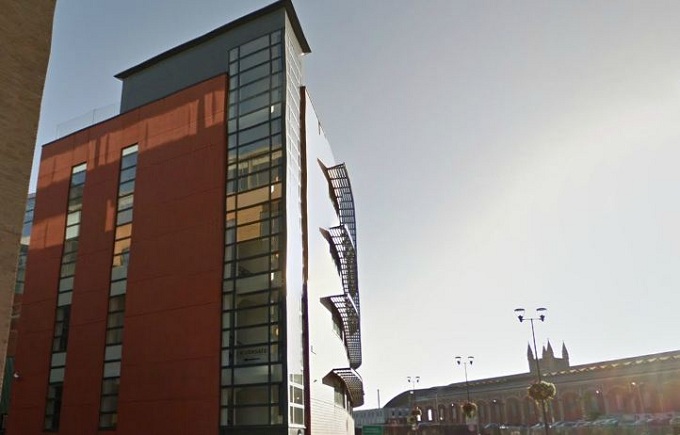Acoustics for Offices and Commercial Premises
Aran Acoustics provide acoustic design advice for Offices and other Commercial premises. Noise and Acoustic control within commercial premises covers a very wide spectrum. Commercial premises include Hospitality Premises, Retail Units, Cinemas, Leisure Facilities, Offices and Industrial Units.
Noise is considered one of the main causes of annoyance within the office environment particularly in open plan offices. Good acoustic design in Offices and certain other commercial premises can promote a sense of well-being for the users thus increasing productivity and/or profitability. Poor acoustic design can cause unwanted noise which can have a negative impact on users both physiologically and psychologically. The main sources of noise being other people talking and noise from phones and other office equipment. In air conditioned offices the noise of the ventilation system can be a major source of complaint. External noise levels can also impact on the internal ambient noise level. To provide a satisfactory acoustic environment in open plan offices the average noise level should be 45 to 50 dBA.
Research over the past 50 years has suggested some guidelines for the acoustic conditions in offices. The main points to consider are as follows:
- Fluctuating noise in offices is very much more annoying than steady noise.
- The preferred level of ambient/masking noise is 45 dBA with a maximum limit of 48 dBA
- Articulation index of less than 0.05 or speech intelligibility index of less than 0.10 is required for confidential speech privacy
- Articulation index of 0.15 or speech intelligibility index of 0.20 is a practical design goal
- The ceiling is the surface with most effect upon speech privacy and should be as absorbent as possible
- Screens should be at least 1.7 m high
- Workstation floor area should be at least 3 m x 3 m
- Flat luminaries degrade speech privacy
- To achieve good speech privacy all room design parameters must be close to their optimum values
- The speech transmission index, STI, should be less than 0.20 to give good speech privacy and less than 0.50 to prevent distraction by speech
- Horizontal absorption, provided by the floor and screens in addition to the ceiling, is necessary to attenuate speech across an office
The design criteria for industrial buildings should include provision of reasonable working conditions and reasonable speech and telephone communications. Other acoustic requirements will often include limiting the noise emitted from the buildings and controlling noise from activities outside the buildings (e.g. vehicle movements) to minimize disturbance to nearby noise sensitive properties.
Special precautions should be taken and management procedures implemented where it is known that noisy processes will be taking place. This is a requirement under the Control of Noise at Work Regulations 2005. Maximum internal noise levels should be considered where speech communication is important. Even where speech communication is not important, it is important that audible warnings and information announcements can be heard clearly. The design criteria for offices outside production areas are the same as those for other types of office buildings.
essential.
External noise levels from plant and services associated with the development should also be considered such to limit disturbance to nearby noise sensitive properties.

